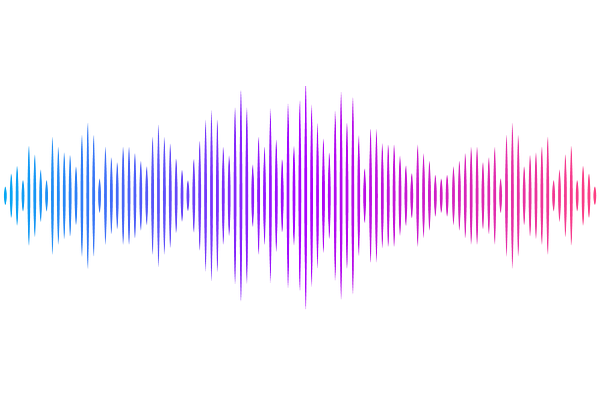Classification of indeterminate and off-target cell types within human kidney organoid differentiation

Classification of indeterminate and off-target cell types within human kidney organoid differentiation
Wilson, S. B.; Vanslambrouck, J. M.; Murphy, A.; Neavin, D. R.; Powell, J. E.; Howden, S. E.; Little, M. H.
AbstractHuman pluripotent stem cell-derived organoids are multicellular models of developing tissues proposed to recapitulate developmental stages of lineage commitment across time. Assessing how accurately protocols recapitulate development is challenged by the lack of accurate reference data sets for early human development, the presence of \"off-target\" states and the potential to form cellular states not present in vivo. This study addresses these challenges with respect to differentiation of human pluripotent stem cells to kidney organoids. Based on a factorial single-cell transcriptomic analysis across a 27-day differentiation protocol, including 150,957 cells collected at five time points, we present a comprehensive classification of predicted identity, representing an in vitro temporal transcriptional atlas. For early stages, cellular identity was defined in relation to existing human developmental data across time and organ system. As renal structures arose, this was coupled with the kidney-specific classification methods. In this way we identify predicted cellular states, predictable off-target cell types based on embryology and transitional mesodermal populations with no clear in vivo equivalent. An analysis of all existing single cell data on this same protocol suggests the presence of the same off-target trajectories irrespective of cell line or laboratory. This study provides a valuable resource to better identify and understand how off-target populations arise in vitro, benefiting the advancement of kidney organoid technologies towards therapeutic outcomes.